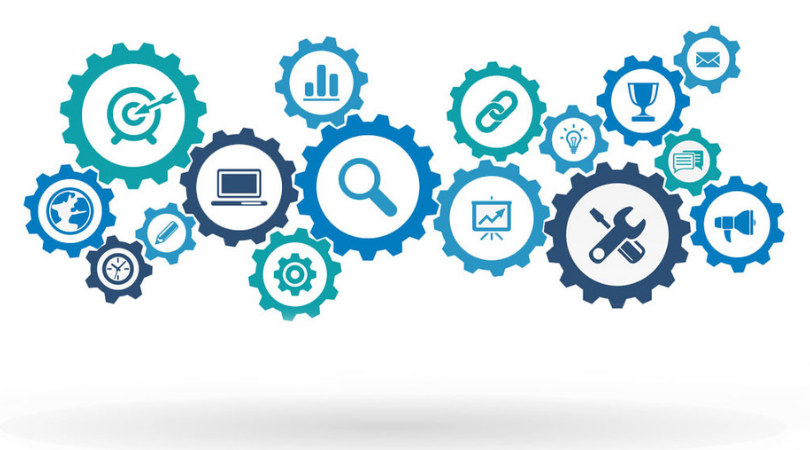Biometrics has a long history in the security space, we all understand how technologies like fingerprint and iris scanning can keep an area secure, but what many people aren’t aware of is that it can improve your business processes too.
Putting biometrics at the centre of your organisation can reduce risk, enhance the user experience, improve business processes, and of course, save you time and money.
Secure transactions, quick turnaround
In a world driven by automation, where customers expect an immediate response, the time it takes to authorise and process a transaction securely can impact your ability to deliver. In the banking and finance industry, for example, more and more institutions are looking to biometrics to process transactions securely, including those that require multiple authorisation points, anytime, anywhere.
Putting biometrics at the centre of financial processes, such as moving money internationally, means a transaction can be authorised using, for example, fingerprint or iris scanning technology, around the world in seconds. Fully-secure, the process can even be done from mobile devices, significantly reducing the time lag, with the added benefit of certainty of identity.
And it doesn’t stop at banking – any organisation, in any industry, that requires certainty of identity to authorise a process or transaction, can benefit.
Staff and visitor management reduces theft and regulatory issues
When it comes to staff management, biometrics is now commonly used to manage time and attendance, using it to sign in and out, but it has many other benefits too.
In retail, the benefits extend to knowing who is accessing high-value goods areas and assets at any given time and can help significantly with loss prevention. A large portion of the approximately $123 billion USD lost each year to stock shrinkage world wide is attributed to staff, so knowing who is accessing these goods at any time is crucial to tackling this global challenge.
It’s not just loss prevention. Knowing where staff are at any time is critical in industries where staff ratios are not just best practice – they are law. Take childcare, for example, the ratio of carers to children in a room at any given time is governed by regulation, but managing this process manually is difficult, time-consuming and unreliable.
Using biometric technology, childcare centres around the globe have automated this process, measuring the staff to child ratio and alerting management immediately if these ratios are not met at any point during the day.
When certainty of identity is key, biometrics is king
Certainty of identity is critical in many industries, and childcare is no exception. Traditional sign in and access methods, such as door codes and signatures, are highly exposed to fraud and when it comes to the safety of our children, it’s simply not enough.
Biometric technologies are easily installed and easy to integrate into existing operational systems and give a business 100% certainty of identity when it comes to who is in the building and who is signing in or out at any given time. The technology means you can ensure that, for example, a child is only picked up by an authorised party.
The application of biometrics is heavily used in the corrections and justice sector, where certainty of identity can prove a life or death challenge. When it comes to transporting inmates and understanding staff movements, knowing who is where must be accurate and real-time. Visitor management is another great example: In a prison, knowing where everyone is at any time is crucial. Using biometrics not only stops people from accessing unauthorised areas, it can also be used to track inmates, visitors, contractors, and staff in real-time.
And this application extends to a number of industries, take manufacturing, for example, knowing who has access to food production areas can significantly lower the risk of contamination as well as ensuring the security of the food we eat. We only have to look at the recent strawberry contamination in Australia to see how a small number of incidences is crippling a $500 million industry, with truckloads of fruit being dumped as customer confidence is at an all time low. Having certainty of identity as to who had access to the contaminated fruit may have resolved the issue quickly and allowed the seasonal industry to regain critical market share.
Biometrics goes well beyond security, it is a leading technology for a host of business applications, and allows forward-thinking organisations to mitigate risk, enhance customer and user experience and, ultimately, stay at the top of their game.
Interested in understanding how biometrics can integrate into your organisation? Contact an Argus representative here

